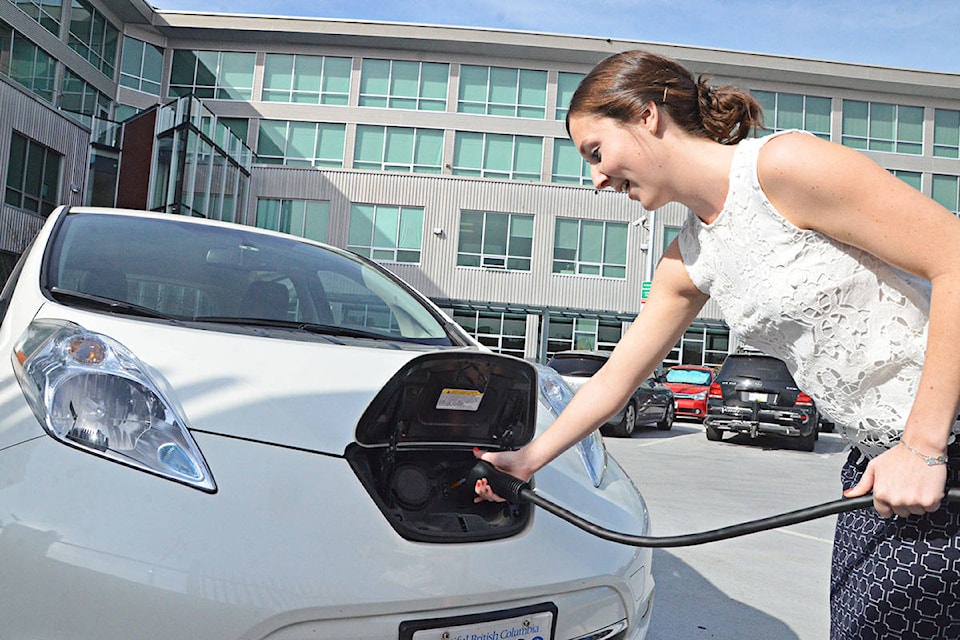Langley Township recently added a series of new electric vehicle (EV) charging stations, mostly for its own fleet but with another fast charger for members of the public, as well.
This is good news, but in a very short span of time, the addition of EV charging stations won’t be news at all. It’ll be too common to bother reporting.
There has been a great deal of fretting about expanding the network of EV chargers to make battery-powered vehicles more practical. Right now, there are fewer EV chargers than there are gas pumps, despite the fact that EVs need charging a bit more often than gas and diesel powered vehicles need a fill up. There is much gnashing of teeth about the cost of this upgrade.
Yet this ignores the history of the internal combustion engine. Gas stations did not spring into existence magically when the early automobiles began to spread in the late 19th and early 20th century. It was a slow process, as enough motorists appeared to make it worth the while of the oil companies to build new stations, pushing out from the cities into the suburbs and then onto the crude early highways.
Have you ever considered what a massive feat it is to build a new gas station? Huge tanks that have to be sunk into the ground, equipment hauled in, and the tanks then have to be frequently refilled by trucks hauling flammable liquid from refineries and depots. The distribution of gas, so seamless for a user at the pump, is a massive business that has been honed by a century of practice.
Compared to that, building more EV charging stations is ludicrously simple. After all, we already have a widespread electrical grid. We are not starting from scratch at all, we just have to attach new chargers to the grid in convenient locations.
Last year, almost 10 per cent of new cars sold in B.C. were EVs or hybrids. That number will only go up – and with very little government help, the markets will be able to fuel those new batteries.
– M.C.
